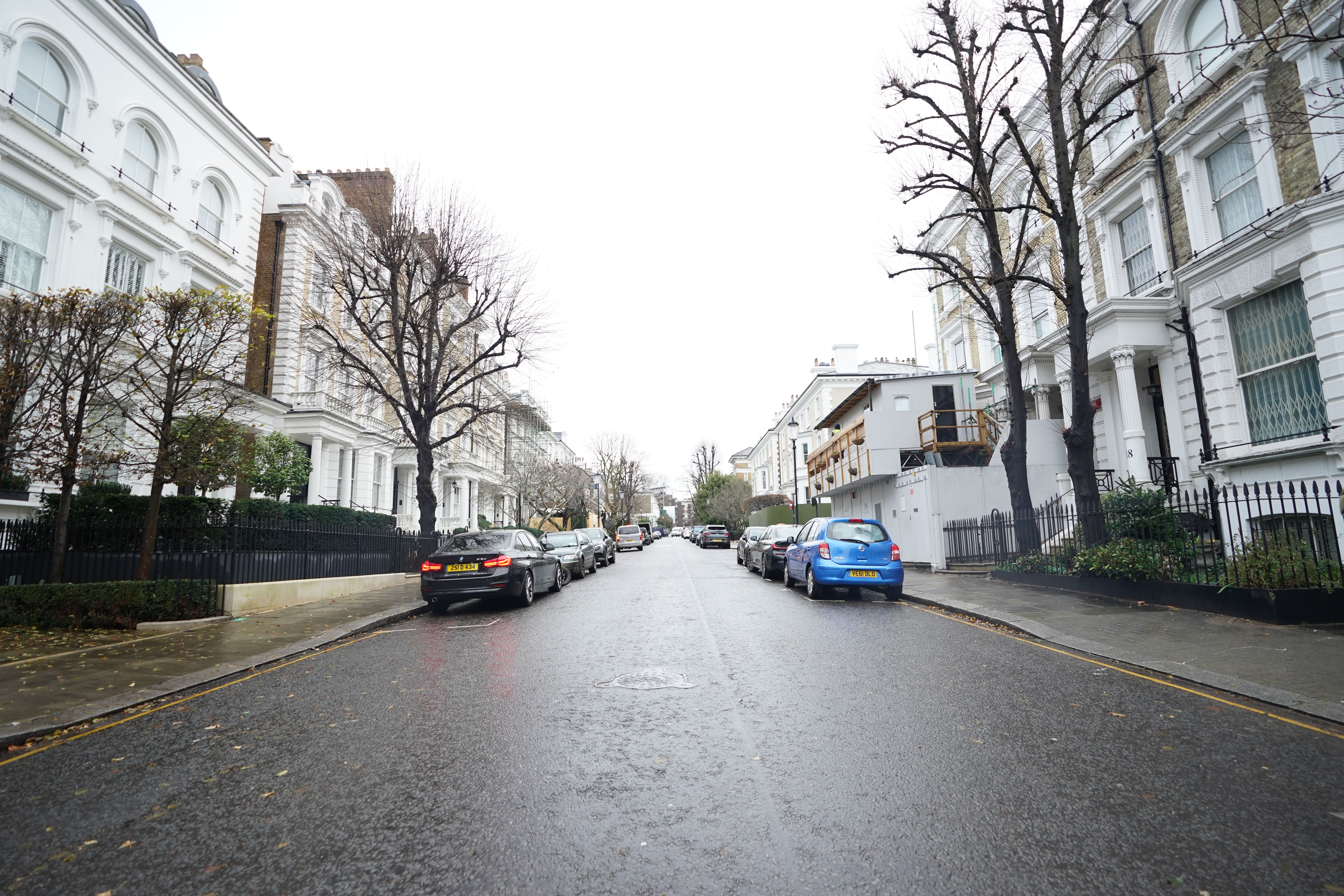Average home costs 8.4 times typical income in England, says ONS
In Wales, the average house price-to-income ratio was 6.4, in Scotland it was 5.3 and in Northern Ireland it was 5.1.

Only the top 10% of households in England could typically afford a home with fewer than five years of income in the financial year ending in 2022, according to the Office for National Statistics (ONS).
In Wales, the top 30% of households by income could afford an average-priced home with fewer than five years’ worth of income and in Scotland and Northern Ireland the top 40% could do this, the ONS said.
The average house price in England in the financial year ending in 2022 equated to 8.4 years of the typical income, its report said.
In Wales, the average house price-to-income ratio was 6.4, in Scotland it was 5.3 and in Northern Ireland it was 5.1.
An average price home in the North East of England cost the equivalent of nearly 12 years of income for a low income household, the ONS said. This compared with over 37 years of income in London.
In England, Scotland and Northern Ireland, affordability ratios improved slightly compared with the previous financial year.
But in Wales, the affordability ratio worsened, from a ratio of 6.1 previously.
On average, homes in England, Scotland, Wales and Northern Ireland have sold for more than five years’ worth of typical household income since 2017, putting them below the ONS’s affordability threshold of five years of income.
In the financial year ending in 2022, house prices averaged £275,000 in England, £185,000 in Wales, £170,000 in Scotland and £151,000 in Northern Ireland.
Incomes were typically £33,000 in England, £29,000 in Wales, £32,200 in Scotland and £29,600 in Northern Ireland.
Mortgage rates have jumped in recent months as the Bank of England base rate has increased.
According to Moneyfactscompare.co.uk, the average two-year fixed homeowner mortgage rate on the market is 6.83% and the average five-year fixed homeowner mortgage rate is 6.34%.
If you're planning to buy in future, your best protection is to build as big a deposit as you can manage
Sarah Coles, head of personal finance at Hargreaves Lansdown said: “Now people are facing remortgaging at much higher rates, it’s going to be incredibly painful.
“Housing hasn’t been affordable since 2017, according to the ONS, and rampant price rises during the pandemic didn’t help. Lower mortgage rates helped people to stretch their finances to bigger loans.”
Ms Coles added: “If you’re planning to buy in future, your best protection is to build as big a deposit as you can manage.
“It’s worth getting all the help you can from wherever it’s available – whether that’s from the bank of mum and dad, or by saving into a Lifetime Isa and getting a 25% bonus of up to £1,000 a year from the Government.
“Nothing will make buying a property easy while affordability is so stretched, but the less you have to borrow to get you there, the less vulnerable you will be at a time like this.”
Housing Secretary Michael Gove recently used a speech in London to set out a range of planning reforms.
The ONS report noted: “It should be noted that government support across the UK has been available to help households into home ownership, through shared equity schemes in England, Wales, Scotland and Northern Ireland.
“This improves house purchase affordability but this is not measured in the affordability metric used in this bulletin.”
Subscribe to Independent Premium to bookmark this article
Want to bookmark your favourite articles and stories to read or reference later? Start your Independent Premium subscription today.
